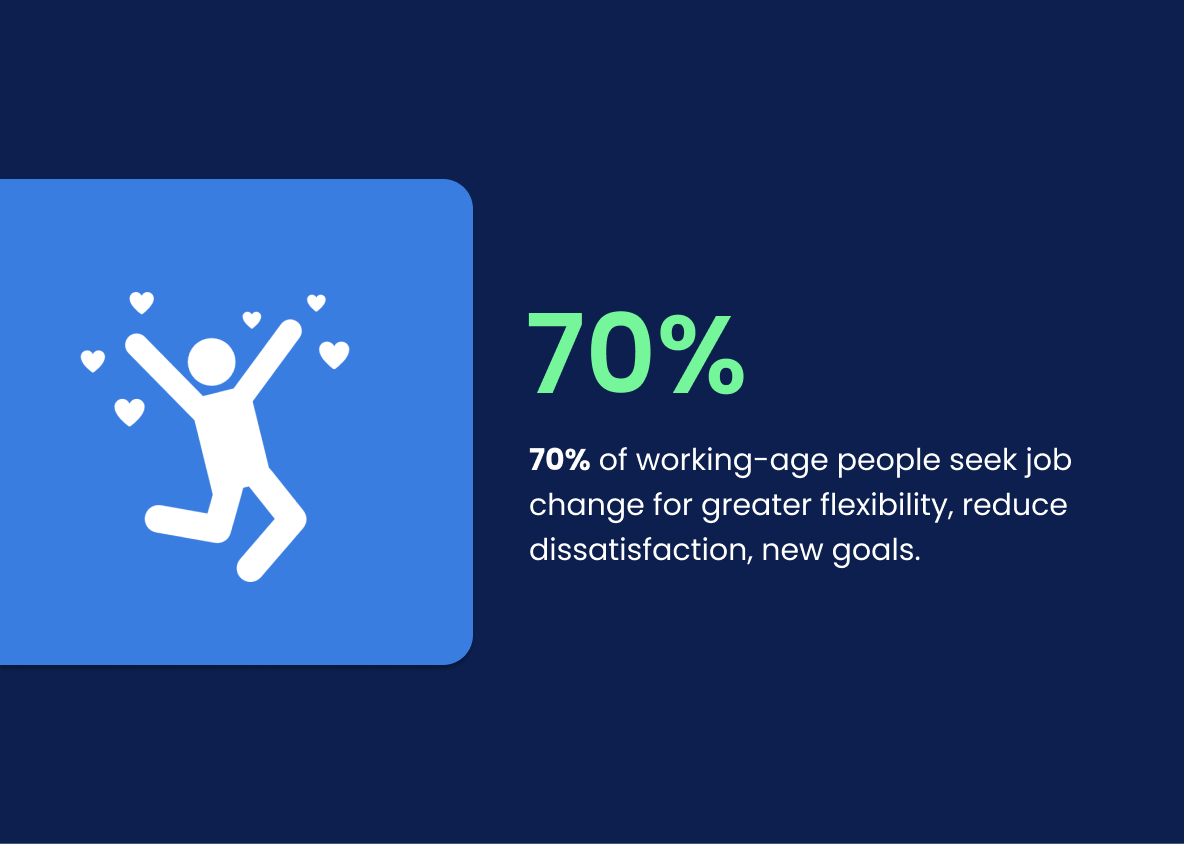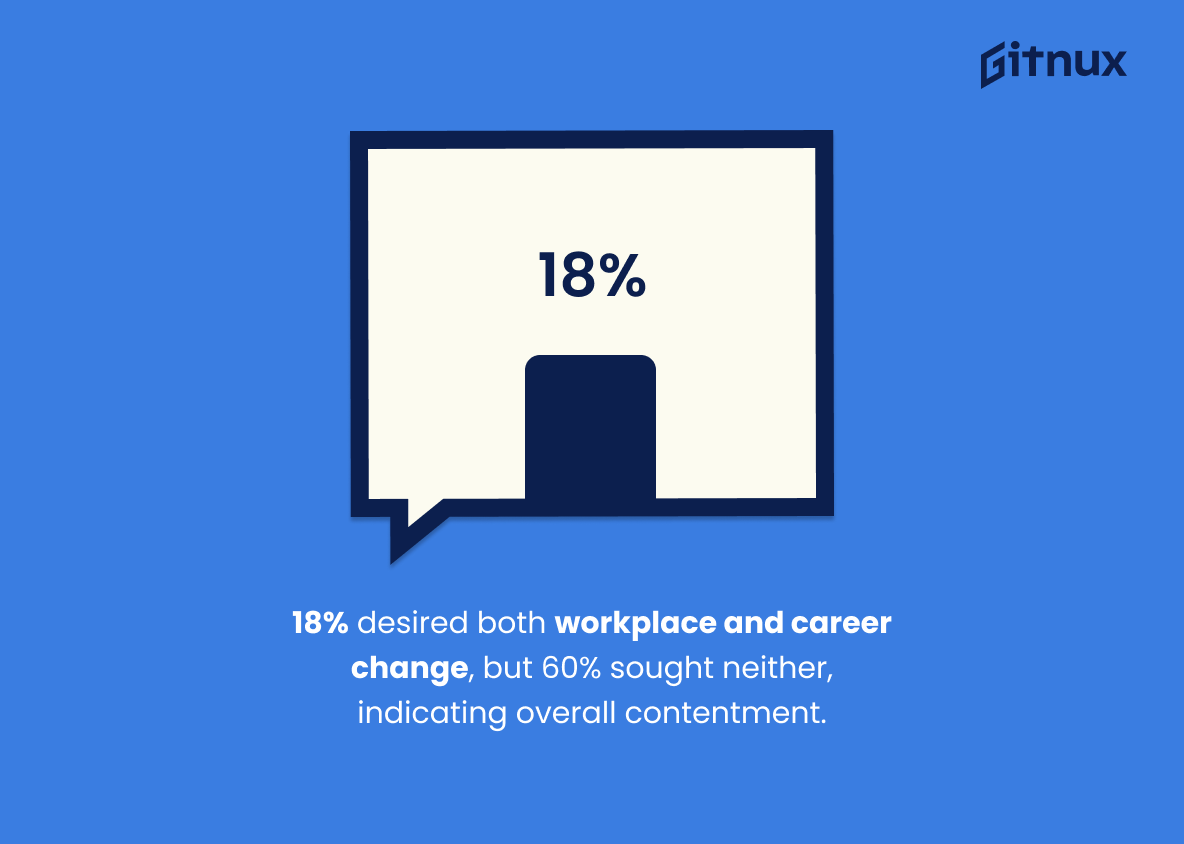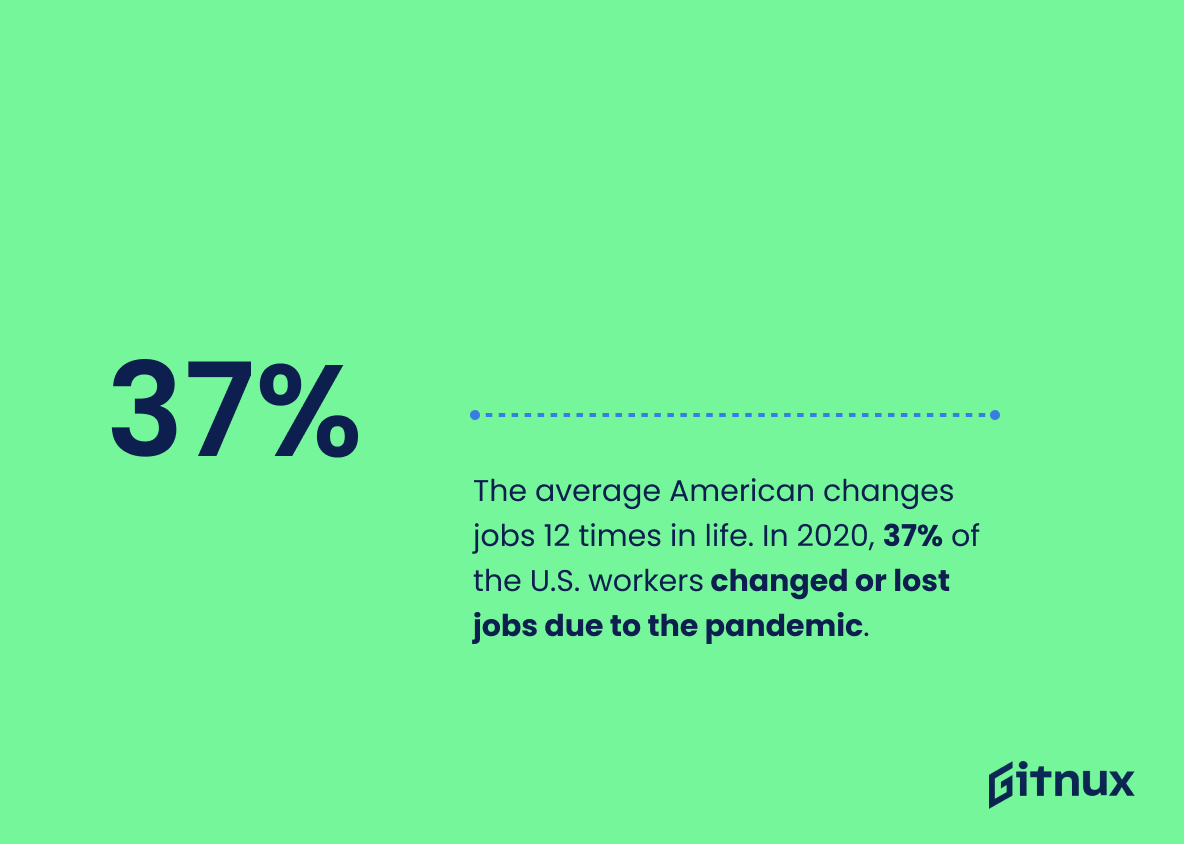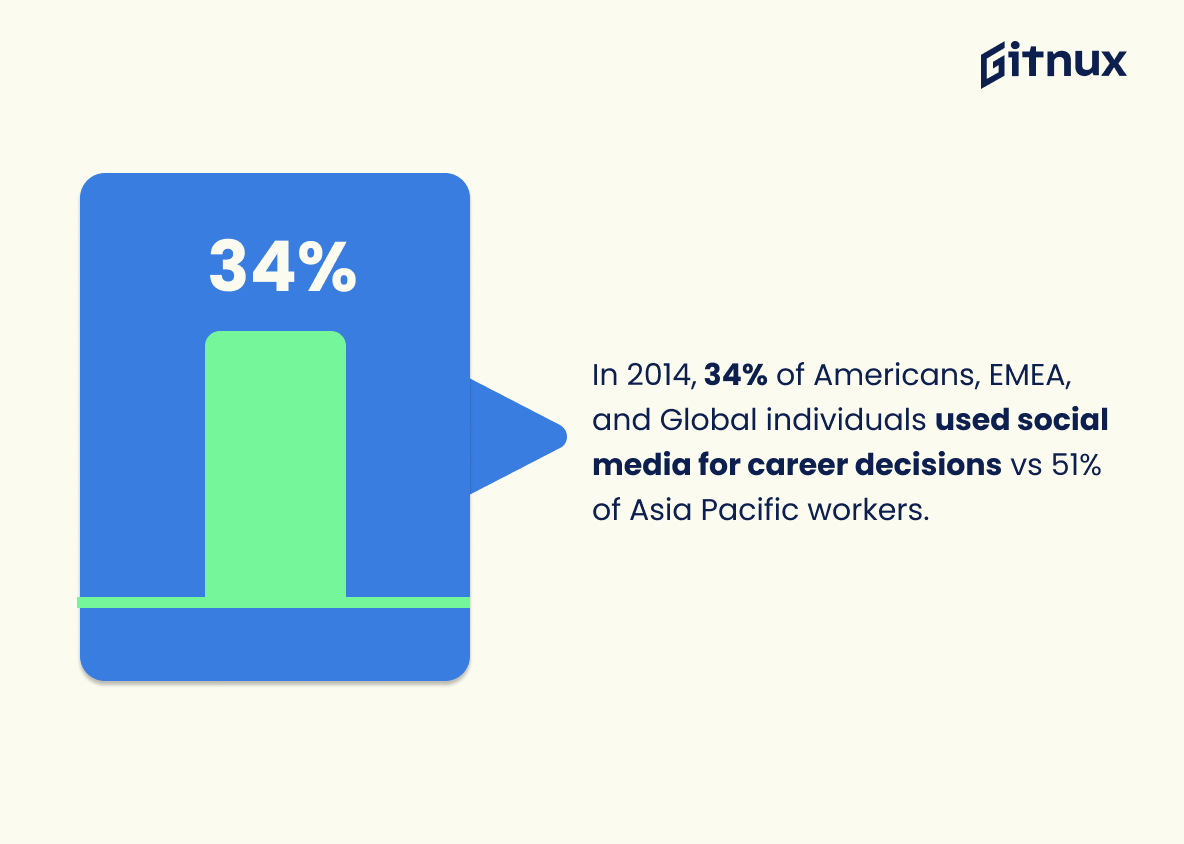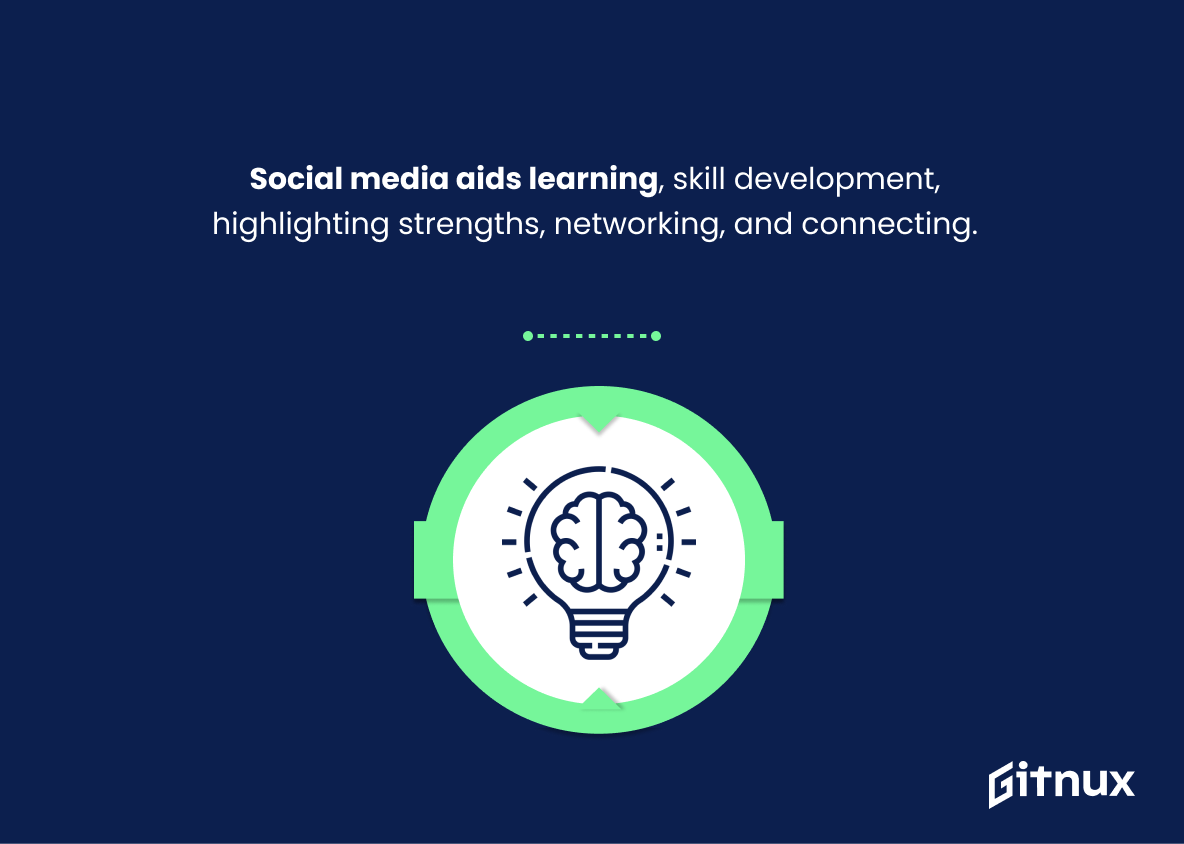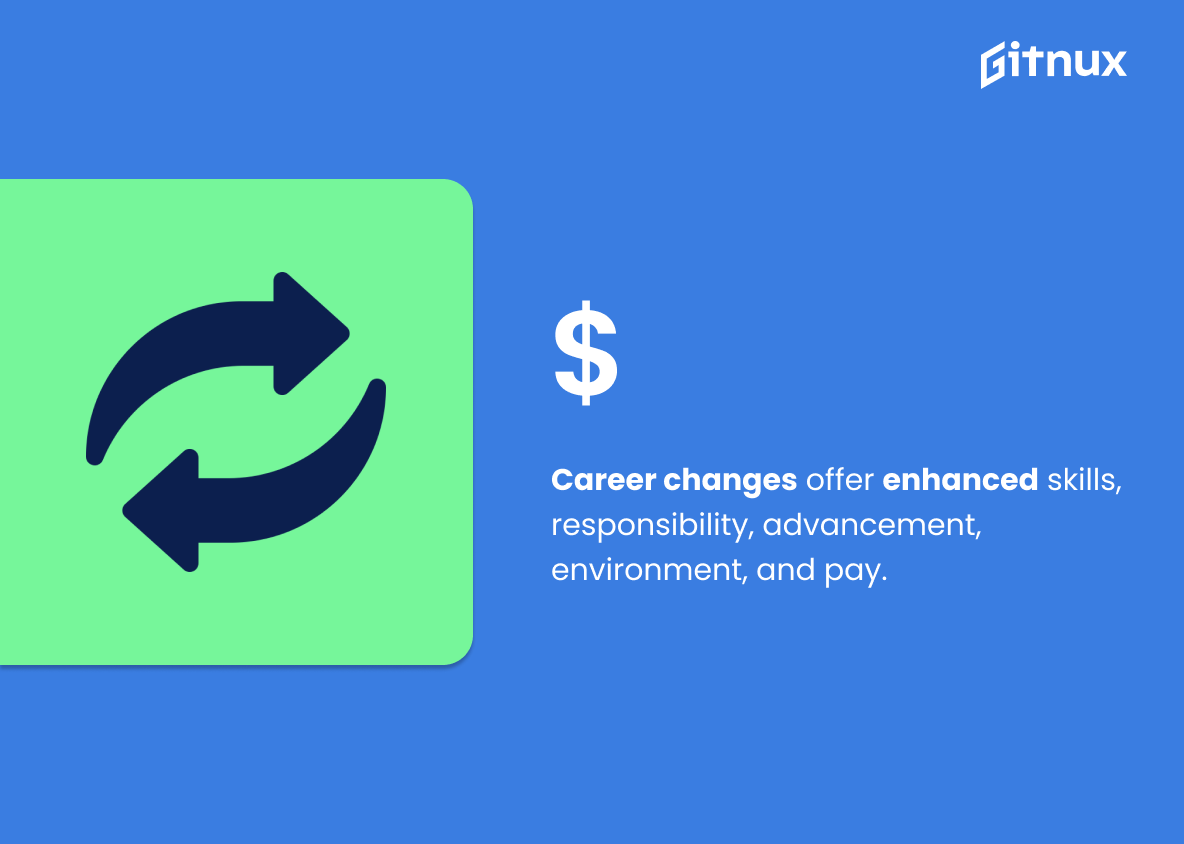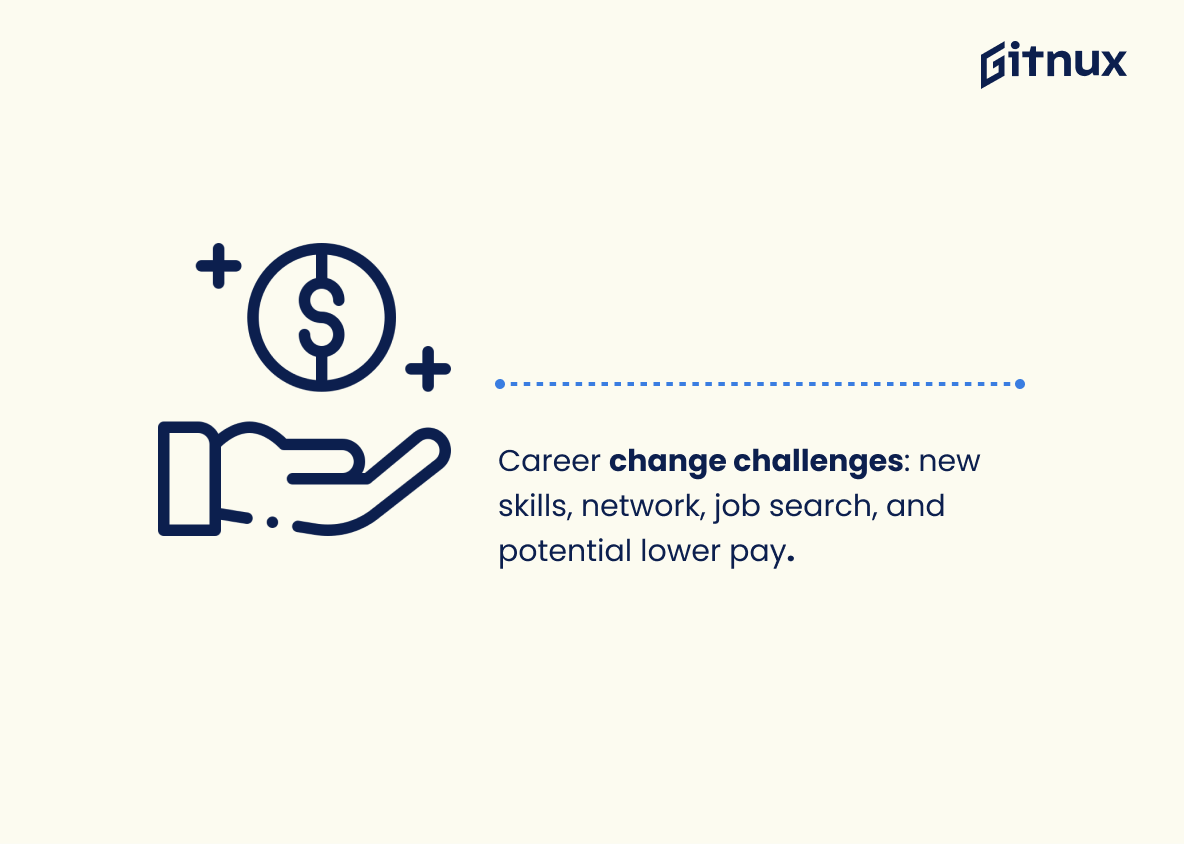Are you considering a career change? You’re not alone. According to recent statistics, more and more people are making the switch to a new career path.
In this article, we’ll take a look at the latest career change statistics and explore why so many people are making the switch. We’ll also discuss the benefits of a career change and how to make the transition as smooth as possible. So if you’re thinking of making a change, read on to learn more.
Career Change: Most Important Statistics
The average American worker changes jobs 12 times throughout their life, with 65% actively searching for a new job at the average age of 39. In 2020, 37% of the U.S. labor force changed or lost their jobs due to the pandemic.
In 2014, 34% of Americans, EMEA and Global individuals used social media when making career decisions, while 51% of workers from the Asia Pacific region did so.
Career Change: Statistics Overview
44% of workers were actively searching for a new job in the last quarter of 2021 and 1/3 of workers under 40 have considered a career change in the last two years, while 64% of working parents have considered a career change and 53% of workers are open to leaving their current employers.
A significant portion of the workforce is actively looking for a new job or considering a career change. This indicates that there is a lot of movement in the job market and that employers should be prepared to hire and retain employees.
18% of participants wanted to change both their workplace and professional area, while 60% wanted to change neither; this indicates that many people are content with their current career and workplace.
This provides insight into the motivations of people to stay in their current career or make a change.
70% of working-age people are looking for job change due to wanting greater flexibility, dissatisfaction with current management, changing goals and philosophies, and dissatisfaction with current career.
This provides insight into the motivations of those who are looking for job change. It shows that salary is not the only factor that drives individuals to seek out a new job, but that there are other factors that can contribute to job dissatisfaction.
This information can be used to help employers better understand the needs of their employees and create more effective job opportunities.
The average American worker changes jobs 12 times throughout their life, with 65% actively searching for a new job at the average age of 39. In 2020, 37% of the U.S. labor force changed or lost their jobs due to the pandemic.
This highlights the prevalence of career changes in the U.S. and the impact of the pandemic on the labor force. It also shows that career changes are common and that people are actively seeking new opportunities.
In 2014, 34% of Americans, EMEA and Global individuals used social media when making career decisions, while 51% of workers from the Asia Pacific region did so.
This shows the increasing importance of social media in making career decisions, and the differences in usage between different regions.
Social media can help in learning and developing one’s knowledge, highlight transferable skills, emphasize unique selling points, and assist in networking and building connections.
This provides a platform for individuals to explore and research potential career paths.
Changing careers can offer increased skillset, responsibility, career advancement, improved working environment, and increased compensation.
Changing careers can be beneficial in many ways, and that it is a viable option for those looking to make a change in their professional lives.
Common reasons for a career change include following a passion, improving work-life balance, working with new leadership, making a difference, gaining experience, finding a new challenge, and focusing on a secondary interest, with earning more money being the most common reason.
This provides insight into the motivations and reasons behind people’s decisions to switch careers. Knowing the most common reasons can help inform employers and job seekers of the most popular motivations for career changes and can help them make decisions that are best suited to their individual needs.
Changing careers presents a variety of challenges, including building new skills, establishing a professional network, job searching, and accepting a lower compensation.
Come with changing careers, which can be a daunting process. Knowing the potential challenges ahead of time can help individuals better prepare for the process and make more informed decisions.
Financial constraints and internal uncertainty are two of the challenges associated with career change.
These challenges are important to consider when looking at career change statistics, as they can have a significant impact on an individual’s decision to change their career.
Financial constraints can limit an individual’s ability to make a career change, while internal uncertainty can make the process more daunting. Understanding these challenges can help individuals make informed decisions about their career path.
Conclusion
In conclusion, career change is a common occurrence in the modern world. People are more likely to switch jobs than ever before, and the reasons for doing so vary greatly. With the right resources and guidance, anyone can make a successful career change.
It’s important to consider the potential risks and rewards before making a decision, and to remember that there are plenty of resources available to help make the transition smoother. With the right attitude and preparation, career change can be an exciting and rewarding experience.
References
1 – https://fitsmallbusiness.com/career-change-statistics/
2 – https://www.statista.com/statistics/1292118/desire-to-change-a-job-or-career-russia/
3 – https://www.apollotechnical.com/career-change-statistics/
4 – https://www.zippia.com/advice/career-change-statistics/
5 – https://www.statista.com/statistics/257506/use-of-social-media-network-for-career-employment-decisions-by-region/
6 – https://www.careersindepth.com/post/6-ways-social-media-can-help-you-with-career-change
7 – https://www.linkedin.com/pulse/benefits-changing-careers-mark/
8 – https://ca.indeed.com/career-advice/career-development/reasons-for-career-shift
9 – https://www.indeed.com/career-advice/starting-new-job/career-change-obstacles
10 – https://www.jobstreet.com.sg/career-resources/plan-your-career/common-challenges-and-solutions-to-career-change/
ZipDo, cited June 2023: Career Change Statistics
